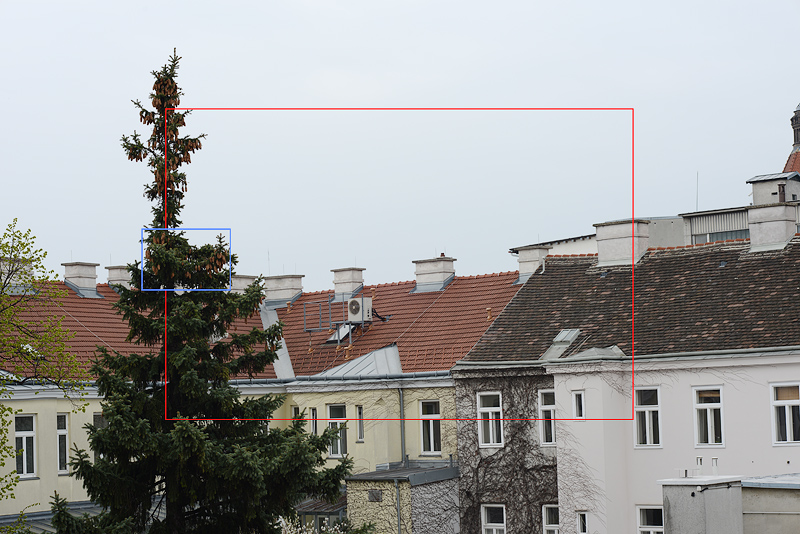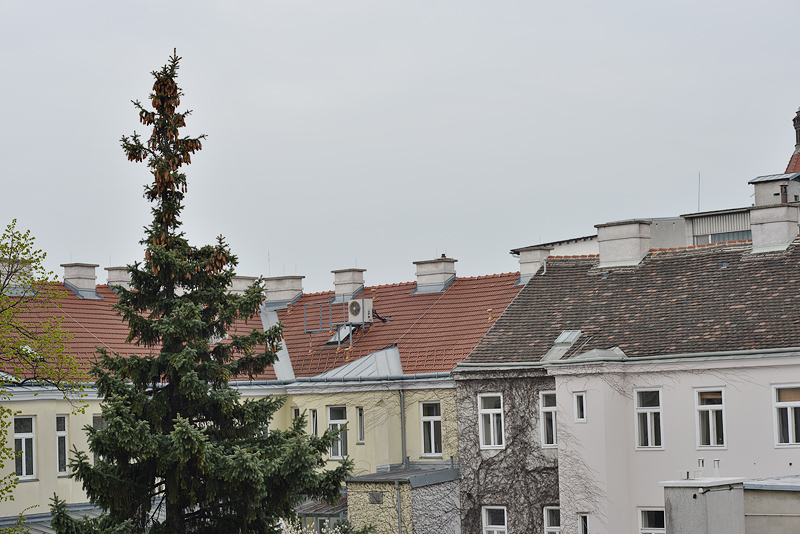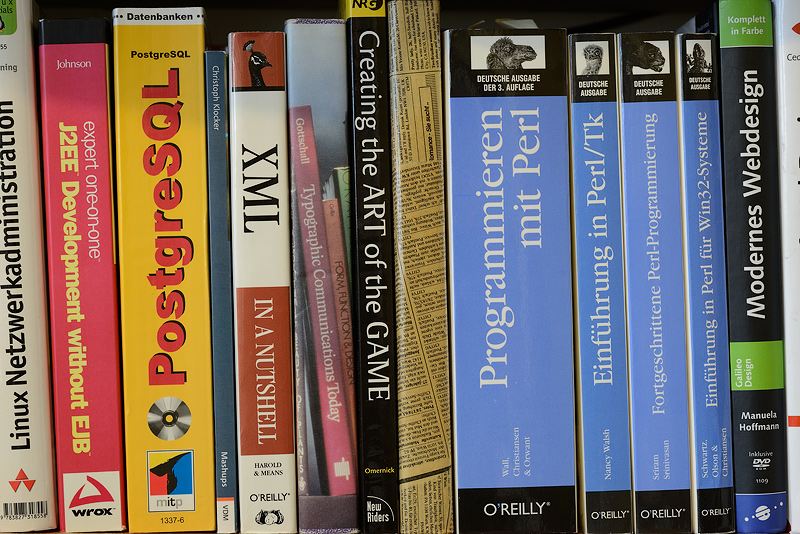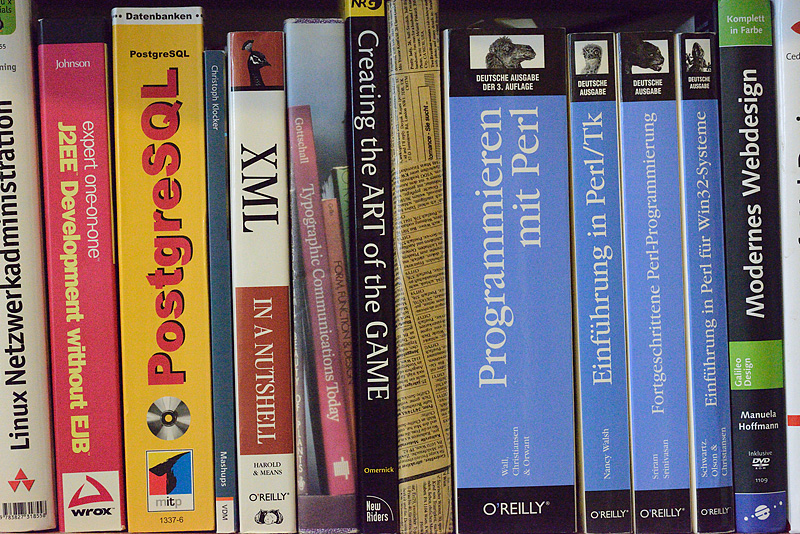Nikon D800 - A first hands-on report
I bought the D300 almost exactly 4 years ago. Even then I would have liked to have a camera with a full-frame sensor, but it was simply too expensive. In the meantime, I often considered buying a D700, but in the end I didn't want a camera that was technically just as old as my D300. So I've been waiting for the successor to the D700 ever since, which has now somehow come with the D800, but somehow also not. When I read the first rumours last October that it would have 36 megapixels, I was terribly disappointed at first. I wanted a camera that would still take good pictures at high ISO values. 36 megapixels sound more like the opposite. In the meantime, however, there are already some test pictures on the net, and they finally convinced me, so I bought the camera a week ago.
And this is how it looks now. Externally, it doesn't look very different from the D300, so fortunately I don't have to change much when using it. What is really new is the button with the red dot. Like every camera nowadays, the D800 can record videos. That was not yet available with the D300. However, I have never missed this feature.

Here's just a test photo so you can see what 36 megapixels means. The red frame is the resolution of the D300, i.e. 12 megapixels. At first glance, that doesn't really seem that impressive.

And here is a 100% section, without any post-processing. You can begin to see how many details there are in a photo like this.

Another new feature is HDR photos. The camera automatically takes several photos and combines them internally into one photo. Here too is an example. The first photo is taken with the "Auto" setting, the second manually set to maximum. In principle, it does what it is supposed to do, but there is a catch. HDR photos can no longer be saved in RAW format, but only as JPG or TIF. Unfortunately, the TIF photo is also only saved with 8 bit colour depth, which in my opinion reduces the sense of an HDR photo to absurdity, because it severely restricts the possibilities of post-processing.


But I was most interested in the performance at high ISO values. Here again is a test photo. In each case, the noise reduction is completely switched off; in the last two, a version with noise reduction is included for comparison. First the complete photo and then a 100% section with the different ISO values.


The whole image with ISO 25600 looks like this:

I have to admit that I am very happy with the result. That's why I have now even switched on the automatic ISO up to ISO 800, because up to this value you can practically not notice any difference.
A hopefully only temporary problem is the fact that Photoshop cannot yet do anything with the images from the D800. I hope that there will be an update of Camera Raw soon. In the meantime, I have to take the diversions via Capture NX2, which ultimately means that every image has to be converted into a TIF first. In this context, I find it very weak of Nikon that Capture NX2 is not included in the scope of delivery of a camera of this price range, but has to be bought additionally for about 150,- Euro.
So, those were my first experiences. Overall, I can say that the camera is really a dream and feels very smooth. I am really looking forward to the first shooting in the studio...